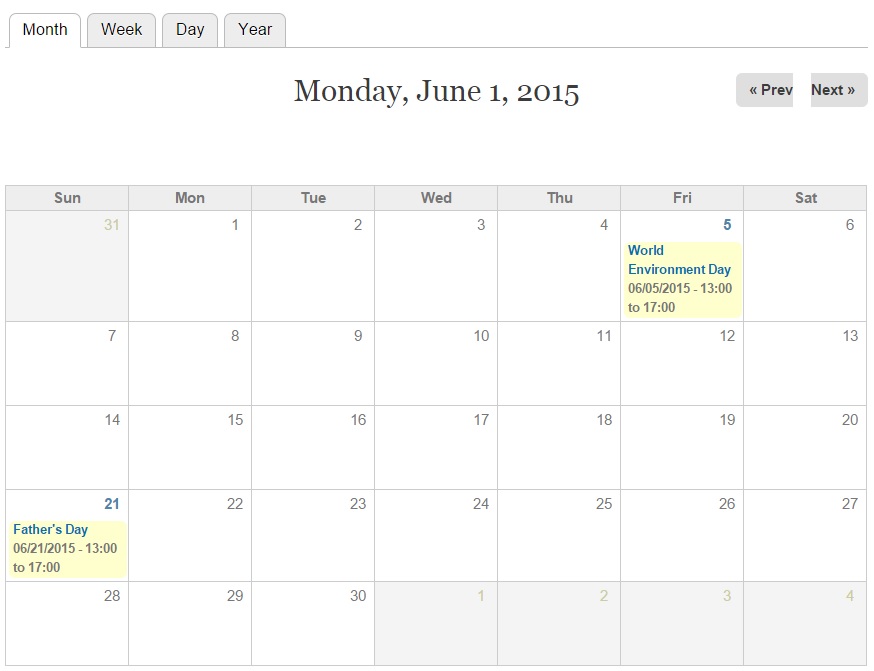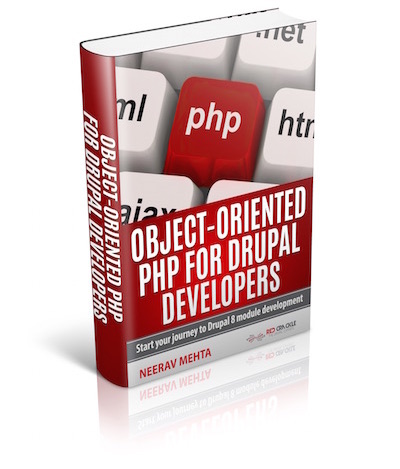Drupal Commerce Tutorial - Create your first e-commerce store
Drupal Commerce is a distribution capable of building e-commerce sites. In this series of tutorials, you will learn how to create a Drupal Commerce site from scratch. You will know how individual modules in Drupal Commerce suite fit together to build an e-commerce store, whether you are selling products, services or subscriptions. Following topics are covered:


